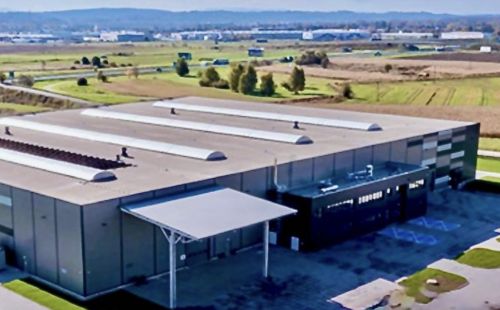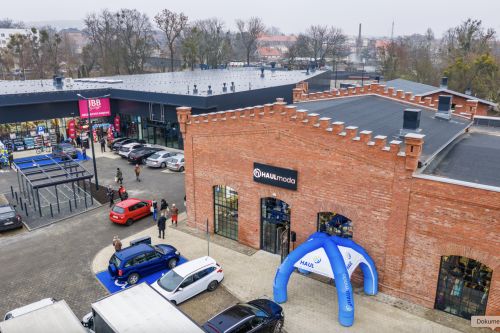The word 'young' is automatically associated with 'pretty', which is related to the word 'attractive'. Who would not like to possess such attributes? Exactly - we all want to appear to have the attractiveness of youth. Shopping centres are no exception. Commercial property owners have realised that customers prefer to go to shopping centres where they feel good and which they regard as clean and well looked after. Developers tend to think more about the investors who buy shopping centres, who not only appreciate the aesthetic features of a mall, but are mainly interested in those that are filled with "real customers". The owners of such properties are now faced with a new challenge - changes in consumer behaviour. This is forcing investors and developers to aim for a new level of quality: a place where people want to stay and do their shopping at the same time. One of the elements of this approach involves making a mall more visually attractive. "There are various reasons for modernis































































